38 Sweet Pastry Recipes: Delicious Homemade Treats
Sweet pastry represents a delightful culinary art form that tantalizes taste buds and sparks joy across diverse cultures.
Delicate textures and rich flavors characterize these beloved treats that transform simple ingredients into extraordinary experiences.
Bakers craft these delectable creations with passion, precision, and an innate understanding of balance.
Sugary, buttery, and often intricate, sweet pastries showcase remarkable versatility in both preparation and presentation.
Skilled artisans transform fundamental components like flour, butter, and sugar into magnificent edible masterpieces that delight the senses.
Crisp, flaky, and sometimes decadent, these confections range from rustic countryside specialties to elegant patisserie designs.
Each recipe tells a unique story of tradition, innovation, and culinary creativity.
You won't want to miss these 38 exceptional sweet pastry recipes that promise to elevate your baking skills:
Favorite Sweet Pastry Recipes for Any Occasion
Sweet pastries turn simple moments into celebrations, with flaky layers, fruit fillings, and sweet glazes. Bake up favorites for breakfast, dessert, or any time you crave something delightful.
Pastel De Nata
Pastel de nata are iconic Portuguese custard tarts with a crispy, buttery puff pastry shell and silky egg custard filling that originated from Catholic monasteries before the 18th century.
Portuguese monks created this delicate dessert as a way to use excess egg yolks from starching nun's habits with egg whites.
Bakers carefully laminate the pastry dough with butter, creating multiple thin layers that become incredibly flaky when baked.
Traditional recipes feature a simple custard made from milk, sugar, and egg yolks, often enhanced with a hint of cinnamon or lemon zest.
Monks and nuns perfected the recipe, which quickly became a national treasure in Portugal.
Modern bakeries still follow the original technique, caramelizing the custard's surface in extremely hot ovens to create a signature burnt sugar top.
Each tart requires precise technique and high-quality ingredients to achieve its signature crisp texture and creamy interior.
Croissant
Croissants are delicate French pastries known for their intricate layered butter-rich dough and signature crescent shape, requiring exceptional skill to create perfectly.
French bakers meticulously fold butter into multiple layers of thin dough, creating a flaky texture that shatters delicately when bitten.
Originating in Austria as a symbolic victory pastry after defeating Ottoman forces, croissants became a French culinary staple in the 19th century.
Traditional croissants remain plain, but modern variations include sweet and savory fillings like chocolate, almonds, ham, or cheese.
Artisan bakers spend hours carefully laminating dough by repeatedly folding and rolling to develop complex, buttery layers.
Professional pastry makers consider croissant preparation a true test of baking expertise, demanding precision and patience.
Butter quality significantly impacts the pastry's final taste and texture, with French bakers preferring high-fat European-style butter.
Kunafah
Kunafah is a heavenly Middle Eastern dessert featuring layers of shredded phyllo pastry soaked in sweet syrup and often filled with creamy cheese or nuts.
Originating in Syria, this golden-brown treat quickly spread across Arab countries, becoming a beloved delicacy during Ramadan and special celebrations.
Bakers carefully layer thin, hair-like pastry dough called kataifi with butter, creating a crispy exterior that contrasts with a soft, rich interior.
Skilled artisans typically prepare kunafah in round pans, spreading the delicate pastry to cover bottom and sides before adding cheese or cream filling.
Pistachios or almonds frequently garnish the top, adding crunch and nutty flavor to the sweet sensation.
Syrup made from sugar, water, and sometimes rose or orange blossom water gets drizzled over the warm dessert, ensuring a glossy, moist texture.
Katmer
Katmer is a decadent Turkish pastry bursting with buttery layers and rich pistachio fillings that challenge any diet-conscious eater's willpower.
Originating from Gaziantep, this crispy, flaky dessert starts with a delicate dough carefully stretched paper-thin by skilled hands.
Generous amounts of butter and oil transform the simple flour mixture into a luxurious treat that crackles with each bite.
Skilled bakers gently fold the translucent dough into an envelope shape, creating multiple golden-brown layers.
Crushed pistachios and clotted cream provide a sumptuous inner filling that melts in your mouth.
Regional bakers take pride in their precise stretching techniques passed down through generations.
Regional restaurants in southeastern Turkey often serve katmer as a celebrated sweet finale to a hearty meal.
Kanelbulle
Kanelbulle are traditional Swedish pastries celebrated nationwide for their aromatic cinnamon-spiced profile and cultural significance.
Swedish bakers craft these rolls using rich, buttery dough infused with cardamom and generously filled with a sweet mixture of butter, sugar, and ground cinnamon.
Bakeries and home kitchens shape these rolls in various styles, often topping them with pearl or cardamom sugar before baking.
Swedes traditionally enjoy kanelbulle during fika, their beloved coffee break ritual that brings people together.
October 4 marks the official Kanelbulle Day, highlighting the pastry's beloved status in Swedish culture.
Soft and fragrant, these rolls have become a global sensation, spreading Swedish baking traditions far beyond Scandinavia.
Cardamom adds a unique depth to the classic cinnamon flavor, making each bite complex and memorable.
Perfectly paired with coffee, kanelbulle represent more than just a sweet treat - they embody a cherished social tradition.
Baklava
Baklava are layered Middle Eastern pastries featuring crisp phyllo dough, ground nuts, and sweet syrup that originated in Turkey's Ottoman Empire.
Turkish traditional versions exclusively use pistachios without additional spices, while regional variations incorporate walnuts, hazelnuts, and aromatic spices like cinnamon or cardamom.
Skilled bakers carefully stack delicate phyllo sheets, brushing each layer with butter to create a flaky texture.
Modern recipes typically use pre-made phyllo sheets to simplify the complex preparation process.
Nutty fillings provide rich, complex flavors that complement the crisp pastry layers.
Professional and home bakers treasure this sweet dessert for its intricate construction and balanced taste profile.
Syrup adds moisture and sweetness, transforming the crisp layers into a decadent treat.
Mediterranean cultures have perfected this multilayered pastry over centuries of culinary tradition.
Apfelstrudel
Viennese apfelstrudel is a classic Austrian dessert known for its delicate, paper-thin pastry stretching around a spiced apple filling.
Authentic strudel requires precise dough techniques, traditionally hand-stretched until nearly transparent and draped over a generous mixture of sliced apples.
Bakers carefully sprinkle breadcrumbs between pastry layers to absorb excess apple juice and prevent sogginess during baking.
Hazelnuts frequently enhance the filling's complexity, though cooks may substitute or omit them based on preference.
Store-bought pastry serves as a convenient alternative to handmade dough for home bakers seeking simplicity.
Variations include using different pastry types like puff or shortcrust, allowing flexibility in preparation.
Warm spices such as cinnamon and nutmeg complement the apples' natural sweetness.
Powdered sugar dusted on top provides a classic finishing touch to this beloved Austrian treat.
Franzbrotchen
Currywurst is Germany's most popular street food, combining crispy sliced pork sausage smothered in a spicy tomato-curry sauce that originated in Berlin after World War II.
Urban legend credits Herta Heuwer with inventing the dish in 1949 when she mixed ketchup, Worcestershire sauce, and curry powder.
Berliners quickly embraced this affordable, satisfying meal that spread rapidly across West Germany.
Street vendors and small restaurants popularized currywurst throughout major cities.
German workers loved its quick preparation and hearty flavor.
Inexpensive ingredients made it accessible to everyone.
Restaurants now serve gourmet versions with homemade sauces.
Most Germans consider currywurst a national culinary symbol representing post-war resilience and innovation.
Sfogliatella
Sfogliatella are intricate Italian pastries shaped like seashells, originating from Campania's Santa Rosa monastery in the 17th century.
Masterfully crafted with multiple delicate layers of pastry, these iconic treats come in two distinct varieties: sfogliatella ricca (made with puff pastry) and sfogliatella frolla (made with shortcrust pastry).
Puff pastry sfogliatella demands exceptional skill and time-consuming preparation, creating a complex, flaky exterior that reveals a rich filling of ricotta, candied citrus, and sometimes almonds.
Traditional recipes often include sweet ricotta cheese mixed with sugar, eggs, and aromatic citrus zest.
Professional bakers carefully fold thin pastry sheets to achieve the signature shell-like shape, ensuring each pastry has crisp, layered edges.
Neapolitan bakeries typically serve these pastries warm, highlighting their delicate texture and sweet, creamy interior.
Danish Pastry (Wienerbrd)
Danish pastries are buttery, flaky layered treats originating from Denmark that showcase complex lamination techniques transforming simple ingredients into elegant breakfast delicacies.
Bakers create these pastries by repeatedly folding butter-coated yeast dough, developing delicate, crispy layers similar to puff pastry techniques.
Multiple varieties exist, including frsnapper with sesame and poppy seeds, kanelsnegle cinnamon rolls, and tebirkes poppy seed rolls.
Chocolate variations like chokoladebolle and direktrsnegl offer rich flavor alternatives for sweet lovers.
Regional bakeries often specialize in specific styles, with Danish pastry braids and spandauer custard-filled rounds emerging as crowd favorites.
Traditional methods require precise folding and temperature control to achieve maximum flakiness.
Generations of Danish bakers have perfected these intricate pastry-making skills, creating globally recognized breakfast delicacies.
Authentic Danish pastries remain a beloved international breakfast staple celebrated for their exceptional texture and taste.
Kouign-Amann
Kouign-amann are buttery, caramelized pastries originating from Brittany, France, known for their incredibly crispy exterior and rich, layered interior.
Bakers create these remarkable treats by folding generous amounts of butter and sugar into delicate, yeasted dough through a complex lamination process.
Traditional techniques involve repeatedly folding and rolling the dough to develop multiple flaky layers that become golden and crisp when baked.
Skilled French bakers carefully transform the dough through precise temperature control and strategic folding techniques.
Originating in the 1800s, these pastries reflect Brittany's agricultural heritage and abundant dairy production.
French bakeries typically serve kouign-amann warm, allowing the caramelized sugar to create a crunchy, glistening surface.
Brittany remains the primary birthplace of this extraordinary pastry, celebrated for its decadent texture and complex preparation method.
Feteer Meshaltet
Fetir meshaltet are flaky, multilayered Egyptian pastries with ancient pharaonic origins that symbolize culinary hospitality through their versatile preparation and serving styles.
Originating in temple rituals as divine offerings, these pastries showcase remarkable flexibility by accepting both sweet and savory fillings like ground beef, cheese, halwa, chocolate, or raisins.
Egyptian families traditionally prepare fetir meshaltet during significant social events such as religious holidays and weddings.
Kitchen experts carefully craft the pastry using multiple thin layers that create a uniquely crisp texture.
Served alongside complementary ingredients, savory versions often accompany sliced tomatoes, cucumbers, and tea, while sweet variations pair beautifully with fruit jams and cream.
Modern Egyptians continue celebrating this historic pastry as a cherished culinary connection to their cultural heritage.
Churros
Churros are crispy, golden-brown pastry ropes beloved worldwide for their irresistible sugary crunch and unique star-shaped profile.
Spanish shepherds originally crafted these deep-fried treats over open campfires, transforming simple dough into a culinary sensation.
Cinnamon sugar coating gives churros their signature sweet exterior, creating an addictive flavor profile that draws crowds.
Street vendors and cafes across Spain and Latin America serve churros as a popular breakfast or snack item, often paired with thick hot chocolate.
Dough is carefully pressed through special tubes, creating distinctive ridged edges that maximize crispy texture.
Modern churros have spread globally, becoming a beloved street food and dessert.
Restaurants and home cooks continue to experiment with classic and innovative churro recipes, ensuring this traditional treat remains a favorite.
Eclair
Eclairs are elegant French pastries known for their oblong shape and glossy exterior that mimics lightning's brilliant shine.
French pastry master Marie-Antoine Careme pioneered these delicate treats at the early 20th century's start.
Crispy pastry shells encase smooth, rich cream filling in a stunning dessert presentation.
Vanilla, chocolate, and coffee cream variations offer diverse flavor experiences.
Traditional recipes require precise choux pastry techniques for perfect texture.
French bakers carefully pipe delicate dough into elongated shapes before baking.
Confectioners' glaze creates a shiny, reflective surface that catches light dramatically.
Skilled pastry makers transform simple ingredients into an exquisite sweet sensation.
Cannoli
Cannoli are iconic Sicilian pastry tubes originating in 9th-century Palermo during Arab rule, traditionally created by women in Caltanissetta's emir harem.
Monastery nuns later perfected these crispy desserts during carnival season, filling delicate shells made with cocoa, suet, and Marsala wine.
Sweetened ricotta cream serves as the classic filling, often enhanced with orange blossom water, candied orange peel, chocolate, or finely chopped pistachios.
Arab culinary influences shaped their unique preparation method, which spread throughout Sicily and eventually worldwide.
By the 1970s, cannoli had become a globally recognized Italian dessert.
United States variations emerged, though traditional Sicilian recipes remain most authentic.
Restaurants and bakeries continue serving these beloved pastry tubes as a testament to Sicily's rich gastronomic heritage.
Each cannoli represents a delicious slice of cultural history, blending centuries of culinary innovation.
Beignets
Beignets are square-shaped French pastries deep-fried to golden perfection and generously dusted with powdered sugar.
Originating in France, these sweet treats traveled with French settlers to Acadia in Canada during the 17th century.
Acadians eventually migrated to Louisiana, carrying their cherished culinary traditions.
New Orleans embraced beignets as a quintessential dessert, especially in the famous Cafe du Monde.
Crispy on the outside and soft inside, beignets offer a delightful contrast of textures.
Traditional recipes use simple ingredients like flour, sugar, eggs, and yeast.
Typically served piping hot, they pair wonderfully with strong coffee or chicory blend.
These delicate pastries have become a beloved staple of Louisiana's rich gastronomic culture.
Kolace
Kolaches are traditional Czech pastry rolls with a distinctive round shape symbolizing celestial bodies like the sun and moon.
Czech immigrants brought these sweet pastries to Texas during the 1800s, transforming them into a beloved regional treat.
The soft, pillowy dough serves as a perfect canvas for various toppings, ranging from classic plum jam and poppy seeds to modern fruit variations like apricots, blueberries, and cherries.
Originating in the Czech Republic during the 1700s, kolaches quickly became a cultural staple with deep symbolic meanings.
Czech bakers traditionally crafted these circular breads as ritual foods connected to cosmic representations.
The word "kolache" stems from the Czech word "kola," meaning wheels, which directly reflects their signature round shape.
Bakeries across Texas and Czech-settled regions continue to celebrate this pastry's rich heritage.
Families and communities cherish kolaches as a delicious link to their cultural roots and culinary traditions.
Paris-Brest
Paris-Brest is a legendary French pastry wheel commemorating a famous bicycle race, crafted with a distinctive circular shape mimicking a bicycle tire.
French baker Louis Durand invented this classic dessert in 1910 to celebrate the Paris-Brest-Paris cycling event.
Pate a choux pastry forms the signature ring, carefully baked to golden perfection with a sprinkle of flaked almonds.
Crisp exterior gives way to a luxurious praline cream filling that defines its rich flavor profile.
Patisseries across France proudly serve this iconic pastry as a testament to culinary innovation.
Delicate yet substantial, the dessert balances crisp pastry with smooth, nutty cream.
Fleur de sel adds a subtle savory note to the sweet creation.
Cyclists and dessert fans have embraced this remarkable pastry since its inception.
Picarones
Picarones are golden-brown Peruvian street desserts featuring deep-fried rings of sweet potato and squash dough that originated during Spanish colonial times in Lima.
Local cooks transformed traditional Spanish bunuelos by incorporating native ingredients like sweet potatoes into the recipe.
These crispy circular treats get their unique texture from carefully mixed dough that is expertly shaped and fried until perfectly golden.
Immigrants developed the dessert as an affordable alternative to traditional Spanish pastries during the viceroyalty period.
Street vendors in Peru continue selling these sweet snacks that combine crisp exterior with soft interior.
Generous drizzles of chancaca syrup provide a rich, caramel-like coating that enhances the picarones' sweet flavor.
Their popularity stretches across Peru, where they remain a beloved street food enjoyed by many.
Picarones symbolize cultural fusion through their innovative culinary adaptation.
Ensaimada De Mallorca
Ensaimada de Mallorca are spiral-shaped sweet pastries originating from Spain's Balearic Islands, renowned for their distinctive buttery texture and rich lard-based recipe.
Mediterranean bakers craft these delicate treats using a traditional method dating back to the 17th century, carefully mixing flour, sugar, eggs, yeast, and water into a soft dough.
Bakers roll the dough into a thin sheet, generously spread lard across its surface, and then coil it into an elegant spiral shape before baking.
Spanish bakeries typically serve the pastry in two primary styles: plain or filled with sweet ingredients like cream, chocolate, or fruit preserves.
Mallorca's culinary heritage shines through this simple yet elegant pastry, which has remained virtually unchanged for centuries.
Regional bakers take great care in maintaining the authentic preparation technique, ensuring each ensaimada reflects the island's gastronomic traditions.
Topfenstrudel
Topfenstrudel is a legendary Austrian pastry dessert celebrated for its delicate, crispy golden crust and creamy quark cheese filling.
Originating from the Ottoman Empire's culinary traditions, this strudel spread across the Austro-Hungarian Empire and became a beloved sweet treat.
German bakers craft the pastry with transparent, elastic dough stretched paper-thin and filled with mildly sweetened quark cheese.
Raisins, apricots, and peaches often enhance the filling, which receives gentle touches of vanilla or lemon.
Skilled pastry makers carefully fold the soft cheese mixture into gossamer-thin layers of dough.
Baking transforms the strudel into a golden, flaky masterpiece with a rich, smooth interior.
Unlike its famous apple-filled cousin, topfenstrudel remains a cherished Austrian specialty.
Lokma
Lokma fritters are golden, crispy deep-fried dough balls drenched in sweet syrup that originated in ancient Mediterranean and Middle Eastern cultures.
Greek historical records suggest these honey-coated treats were awarded to Olympic champions as celebratory rewards.
Ottoman palace kitchens popularized the dessert, with its name deriving from Arabic "luqma" meaning bite or mouthful.
Sultans' cooks perfected the recipe using simple ingredients like flour, sugar, yeast, and salt.
Archaeological evidence traces similar desserts back to Egypt's Ramses IV era.
Middle Eastern countries like Turkey and Cyprus serve lokmas sprinkled with cinnamon, walnuts, or pistachios.
Across Mediterranean cultures, these small round fritters remain a beloved sweet delicacy enjoyed during celebrations and casual gatherings.
Spit Cake (Kurtoskalacs)
Kurtoskalacs are medieval Hungarian tube-shaped pastries with a fascinating street food legacy originating in Transylvania.
Historically enjoyed by aristocrats, these golden-brown treats evolved into popular street snacks across Hungary and neighboring regions.
Sweet yeast dough gets skillfully wrapped around wooden spits, then rolled in granulated sugar and basted with melted butter during charcoal roasting.
Authentic recipes date back to 1784, when Transylvanian countess Maria Mikes de Zabola first documented the technique in her cookbook.
Modern variations include toppings like ground walnuts, powdered cinnamon, and creative fillings such as ice cream or whipped cream.
Czech versions called trdelnik closely resemble the original Hungarian design.
Street vendors and festival stalls continue celebrating this beloved pastry, keeping its centuries-old culinary tradition alive.
Semla
Semlas are iconic Swedish cream buns bursting with rich cultural heritage and decadent flavors.
Swedish bakeries craft these delectable pastries from soft wheat bread infused with aromatic cardamom, carefully split and generously filled with smooth almond paste and fluffy vanilla-whipped cream.
Historically served on Fat Tuesday before Lent, these sweet treats quickly became a beloved national dessert consumed from Christmas through the religious season.
Bakers create each semla by cutting the spiced bun, layering creamy fillings, and topping it with its own sugared lid.
Traditional eating etiquette involves using the bun's top as a delicate scoop for the luscious cream inside.
Swedish families and friends eagerly anticipate this seasonal delicacy, celebrating its unique texture and complex flavors.
Powdered sugar provides a final elegant dusting, completing this irresistible Nordic confection.
St. Honore Cake (Gateau Saint-Honore)
Saint Honore cake embodies French pastry mastery through its complex layers of culinary artistry.
Originating in the 19th century, this spectacular dessert combines puff pastry, vanilla custard, choux pastry, and caramelized sugar into an elegant creation.
Bakers carefully construct a foundation of crisp puff pastry as a base for rich vanilla custard.
Delicate cream puffs dipped in golden caramelized sugar crown the cake with exceptional visual appeal.
Each carefully placed element demands precision and technical skill from the baker.
Named after Saint Honore, the patron saint of bakers, this cake represents a pinnacle of French confectionery tradition.
Sophisticated bakeries and passionate pastry professionals consider this dessert a true test of their craftsmanship.
Special occasions and celebratory moments become extraordinary when this impressive cake arrives at the table.
Banitsa With Pumpkin (Tikvenik)
Tikvenik is a Bulgarian autumn-winter pastry bursting with seasonal pumpkin and nutty flavors.
Layers of thin, delicate dough wrap around a sweet filling of grated pumpkin, ground walnuts, sugar, and warm cinnamon.
Bulgarian families traditionally prepare this dessert during Christmas Eve celebrations, though you can enjoy it year-round as a breakfast treat or after-meal sweet.
Originating from the banitsa pastry family, tikvenik offers a rustic charm with its simple yet comforting ingredients.
Bakers carefully roll multiple layers of dough, creating a flaky texture that contrasts with the soft pumpkin filling.
Each slice gets a light dusting of powdered sugar, adding a final touch of sweetness.
The dessert reflects Bulgaria's agricultural heritage and love for seasonal, hearty baked goods.
Doughnut
Doughnuts are iconic circular pastries with a distinctive hole, originally crafted by Dutch settlers who introduced these sweet fried delicacies to America.
Archaeological evidence suggests Native Americans created early versions of these treats, though precise origins remain mysterious.
Dutch pilgrims first called them "olykoeks" meaning oily cakes, which evolved into modern doughnuts.
World War I soldiers embraced these comfort foods as a taste of home while serving overseas.
Traditional recipes incorporated fruits like prunes, raisins, and apples in the center.
Massive popularity surged in the 1950s and 1960s with the emergence of national chains like Krispy Kreme and Dunkin' Donuts.
These chains transformed doughnuts from occasional treat to mainstream breakfast option.
Variations now range from classic glazed to elaborate gourmet designs with creative fillings and toppings.
Mille-Feuille
Mille-feuille represents a luxurious French pastry crafted with delicate layers of crisp puff pastry and smooth cream, creating an elegant dessert that melts in you.
French bakers originated this exquisite treat in the 17th century, first documenting the recipe in Le Cuisinier Francois in 1651.
Despite its nickname "Napoleon," the dessert connects to Naples, Italy, not Napoleon Bonaparte.
Thin, flaky pastry sheets are carefully stacked and alternated with rich fillings like vanilla custard, whipped cream, or fruit puree.
Chefs typically finish the pastry with a glossy icing made from cocoa, almonds, or vanilla.
Sophisticated yet simple, mille-feuille translates to "thousand leaves," reflecting its intricate layered structure.
Oliebol
Oliebollen are traditional Dutch deep-fried dough balls that embody winter comfort through their crispy exterior and soft, pillowy interior.
Originating in the Netherlands, these iconic snacks feature a rich batter made from flour, eggs, yeast, milk, and baking powder.
Street vendors and festive markets across Belgium and the Netherlands serve these treats, especially during Christmas and New Year celebrations.
Powdered sugar generously coats the golden-brown fritters, creating an irresistible sweet finish.
Raisins or currants often enhance the dough's flavor and texture, adding subtle bursts of sweetness.
Winter street stands become popular gathering spots where people enjoy these warm, comforting treats.
Each bite of an oliebol offers a perfect blend of crisp outside and tender inside, making them a beloved seasonal delicacy.
Canele
Canelés are delicate French pastries from Bordeaux with a crisp caramelized shell and silky custard center, originating from a mysterious convent recipe.
Nuns first crafted these small cakes using leftover egg yolks from starching clothes, creating a resourceful dessert for local poor communities.
Religious sisters produced early versions called canelets before abandoning their recipe in 1790, which local bakers later rediscovered and refined.
Traditionally made with rum, vanilla, and a precise copper mold, canelés require meticulous preparation to achieve their signature contrasting textures.
Butter, eggs, milk, and flour form the base ingredients, creating a uniquely caramelized exterior through careful baking techniques.
Bordeaux considers canelés a regional culinary treasure, symbolizing the city's gastronomic heritage.
Professional pastry makers guard authentic preparation methods, ensuring each canelé maintains its distinctive crisp shell and creamy interior.
Kringle
Kringle are flaky, pretzel-shaped pastries originating from Roman-Catholic monastic traditions and beloved internationally for their delicate layers and rich fillings.
Danish bakers first popularized this delicacy, introducing unique variations with puff pastry or yeasted dough across Nordic regions.
Austrian baking techniques significantly influenced its development, creating a pastry known for intricate butter-layered preparations.
Immigrants brought kringle to Wisconsin, specifically Racine, where bakers refined the recipe into an iconic oval-shaped treat.
Traditional fillings include sweet combinations like marzipan, raisins, fruits, nuts, and cream cheese.
Regional differences emerged as bakers experimented with local ingredients and seasonal flavors.
European roots and American adaptations contributed to kringle's widespread popularity.
Generations of bakers have preserved and celebrated this delicate pastry's rich cultural heritage.
Fritule
Fritule are traditional Croatian sweet fritters celebrated for their irresistible round shape and complex flavor profile.
These miniature doughnuts emerge from a yeasted dough enriched with eggs, flour, milk, butter, and sugar, creating a luxurious base.
Brandy serves as the secret ingredient that ensures crispy texture and prevents excessive oil absorption during deep-frying.
Bakers frequently enhance the dough with raisins, grated apples, or yogurt for added complexity.
Strong vanilla and citrus notes provide a distinctive aromatic quality to these delicate treats.
Modern interpretations often feature creative toppings like melted chocolate, whipped cream, or caramel.
Rum and local fruit liquors can also be incorporated into the velvety mixture.
Traditional serving styles include a classic dusting of powdered sugar, which complements the fritter's golden-brown exterior.
Bakewell Pudding
Bakewell pudding represents a delightful British dessert originating from Derbyshire, England, featuring a flaky pastry base layered with rich raspberry jam and topped with an almond-based filling.
Mistakenly created in the 1860s at an inn, this sweet treat quickly became a regional specialty with its unique combination of textures and flavors.
Bakers prepare the pudding by spreading a generous layer of fruity jam over a crisp pastry crust before pouring a smooth almond custard mixture on top.
Ground almonds, butter, and eggs form the silky custard that bakes into a golden, slightly caramelized surface.
Traditionally served warm, the pudding pairs wonderfully with a dollop of fresh cream or vanilla custard.
Variations exist, but the classic version remains most popular in Derbyshire and across England.
Bakeries and home cooks continue to celebrate this accidental culinary creation that has become a beloved dessert.
Chiacchiere
Chiacchiere are crispy Italian carnival pastry fritters celebrated for their delicate, ribbon-like shapes and light texture.
Originating from various Italian regions, these thin dough strips transform into golden, deep-fried treats with wavy borders and distinct twists.
Traditional recipes involve cutting dough into rectangular sheets, carefully twisting or shaping them before frying.
Powdered sugar generously dusts the finished pastries, creating a sweet, festive appearance.
Multiple names describe these carnival delicacies, including "angel wings" in some regions.
These fragile, crisp pastries symbolize celebration and culinary creativity across Italian communities.
Pastel De Santa Clara
Santa Clara pastries are delicate Portuguese sweet treats originating from Coimbra's Santa Clara convent with a distinctive thin, crispy dough and rich almond-egg yolk filling.
Portuguese nuns crafted these pastries centuries ago as a creative culinary solution for using extra egg yolks.
Brazilian migrants later spread the recipe across South America during the 20th century.
Students in Coimbra initially popularized these treats when local nuns began selling them.
Multiple variations emerged over time, showcasing regional ingredient preferences.
Almond and egg yolk remain the core traditional filling components.
Sizes and shapes differ across different bakeries and regions.
Each pastry represents a sweet slice of Portuguese monastic culinary heritage.
Cassatelle
Cassatelle are crispy Sicilian pastries bursting with sweet ricotta and chocolate, deep-fried to golden perfection.
These delicate half-moon shaped treats originate from Trapani province in Sicily, featuring thin dough layers traditionally enriched with white wine or Marsala.
Skilled bakers carefully seal each pastry, ensuring a perfect blend of crisp exterior and creamy interior.
Locals celebrate these pastries as a beloved dessert representing Sicilian culinary tradition.
Restaurants and street vendors across Sicily serve cassatelle as a popular sweet snack.
Families often prepare these treats during festivals and special gatherings.
Travelers frequently seek out cassatelle as an authentic taste of Sicilian cuisine.
Mooncake (Yuebing)
Mooncakes are traditional Chinese pastries symbolizing unity and completeness through their distinctive round shape, embodying centuries of cultural significance during the Mid-Autumn Festival.
Originating as sacred moon offerings, these pie-like shortcrust pastries feature complex fillings ranging from classic lotus seed and black sesame paste to contemporary variations like chocolate, green tea, and even ice cream.
Salted duck egg yolks, red beans, roasted pork, and mung beans traditionally populate their rich interiors, reflecting culinary creativity and regional diversity.
Bakers craft these intricate treats with meticulous attention to design, often imprinting elaborate patterns on their golden-brown surfaces.
Festival participants slice mooncakes into small wedges, sharing them communally while sipping fragrant Chinese tea.
Families and friends gather to exchange these symbolic pastries, reinforcing connections and celebrating lunar traditions.
Seasonal preparations typically occur weeks before the festival, generating excitement and anticipation.
Semmelwrap
Semmelwrap embodies Sweden's innovative culinary spirit by reimagining the classic semlabun as a contemporary street food.
Swedish bakers transform traditional semla ingredients into a thin, lightly baked pastry wrap filled with rich almond paste and fluffy whipped cream.
This modern pastry originated as a creative adaptation of the beloved Shrove Tuesday treat.
Bakers carefully roll the dough into a delicate, light sheet before baking and wrapping it around creamy fillings.
Scandinavian bakeries have embraced this portable version of the traditional dessert.
Sweet almond paste provides a nutty depth to the wrap's interior.
Whipped cream adds a luxurious, smooth texture to each bite.
Semmelwrap offers a convenient and delicious alternative to the classic semla bun.
What Are the Essential Techniques for Making Perfect Sweet Pastry?
Creating perfect sweet pastry is both an art and a science, and mastering the right techniques ensures your tarts, pies, and desserts have that ideal balance of crispness and tenderness. Whether you’re a beginner or looking to refine your skills, here are the essential methods to achieve flawless sweet pastry every time:
Mastering these techniques will elevate your sweet pastries from good to exceptional, making every bite buttery, flaky, and perfectly textured.

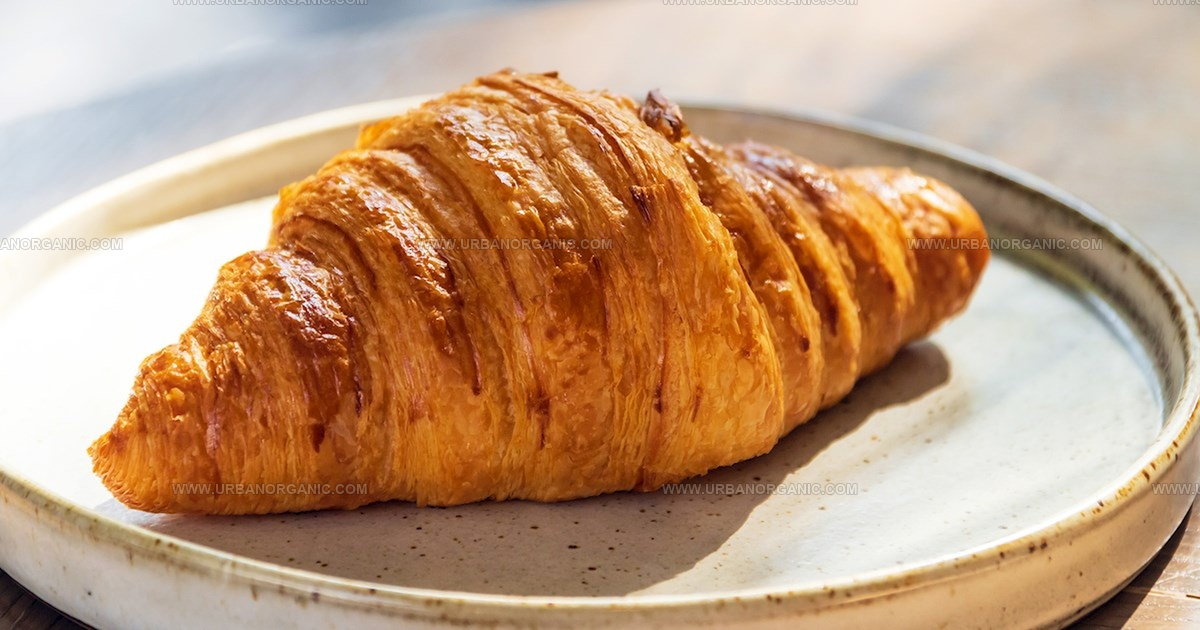
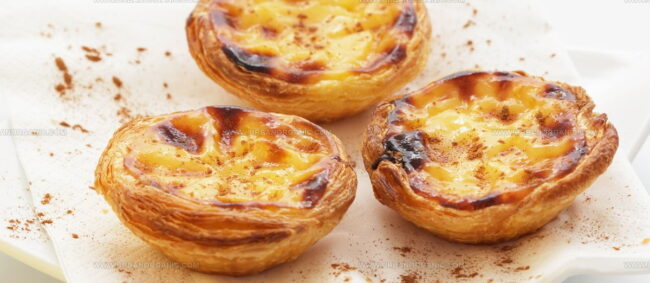
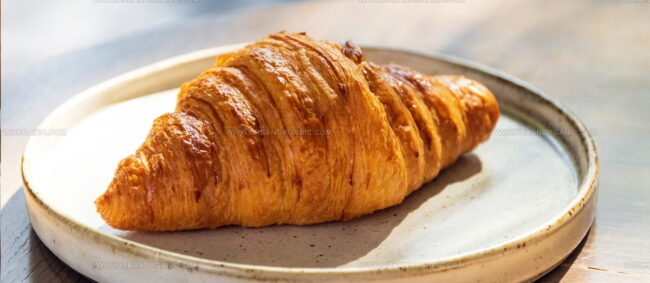
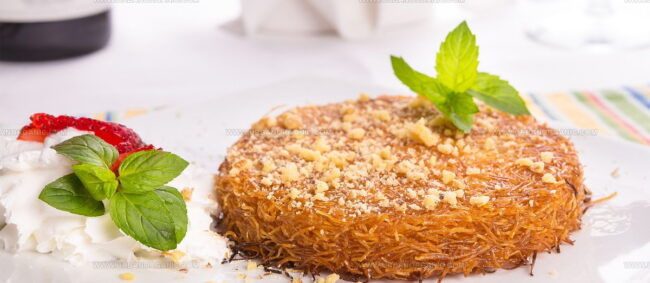
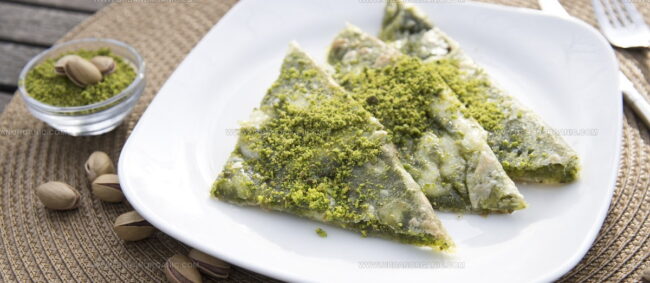
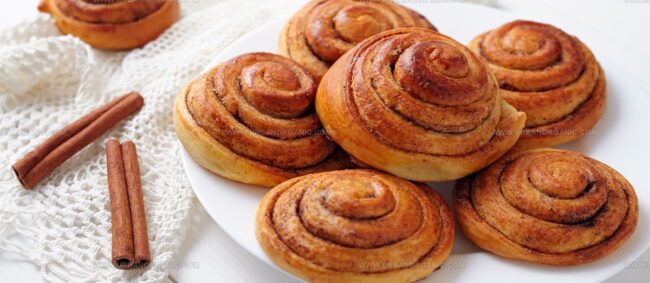
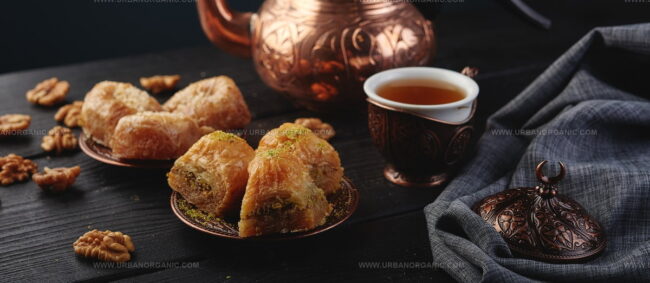
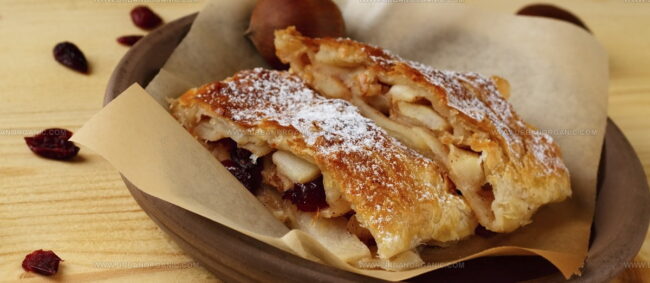
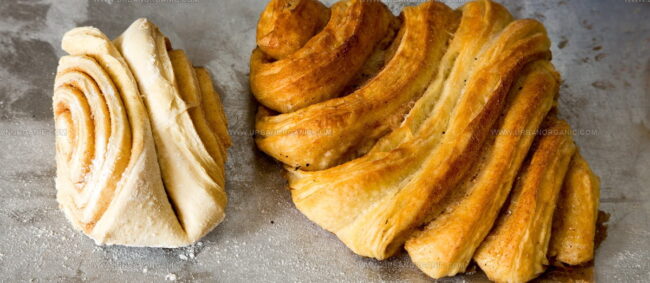
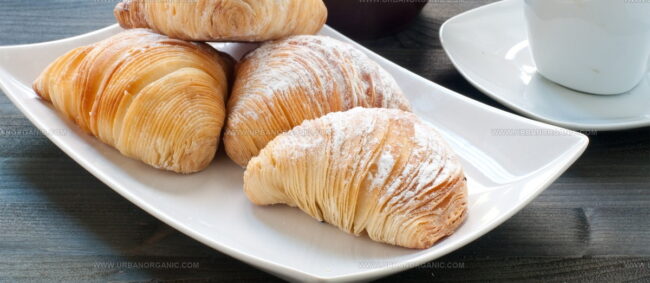
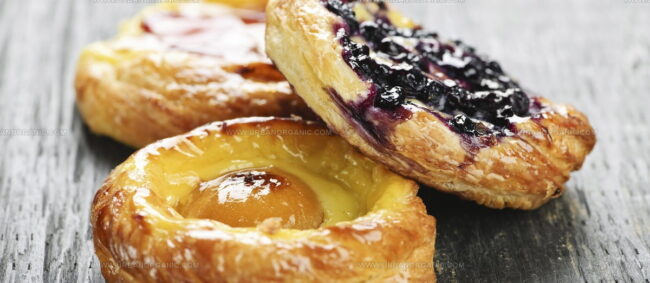
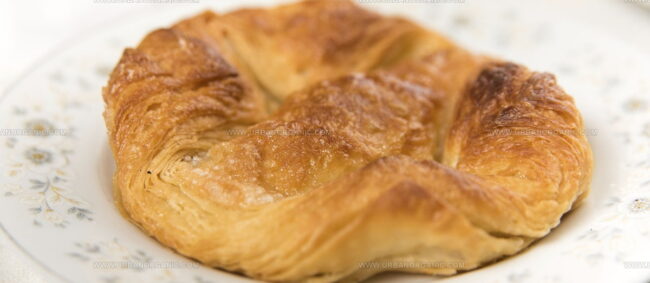
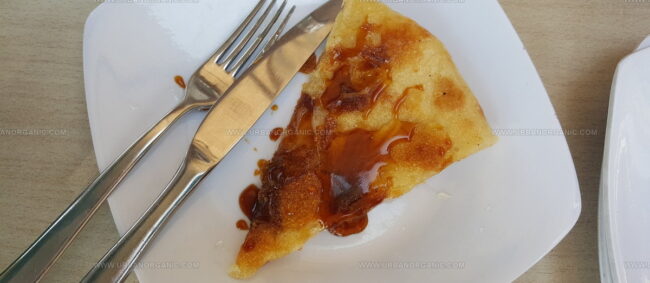
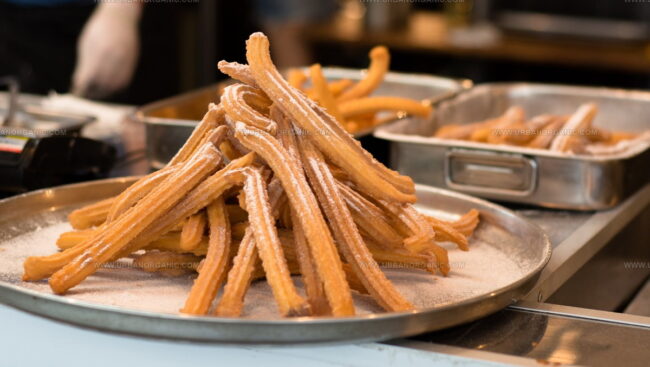
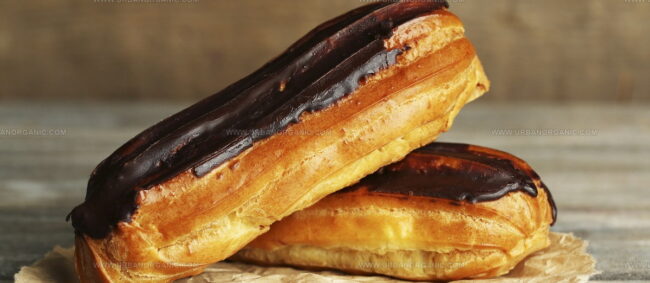
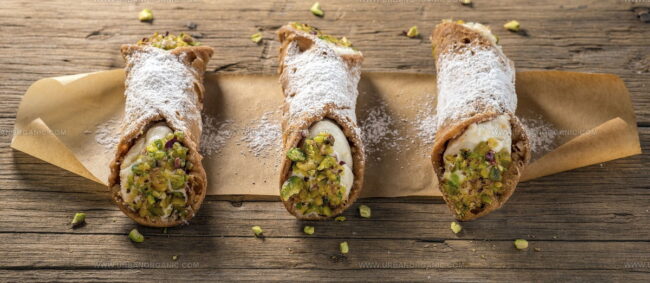
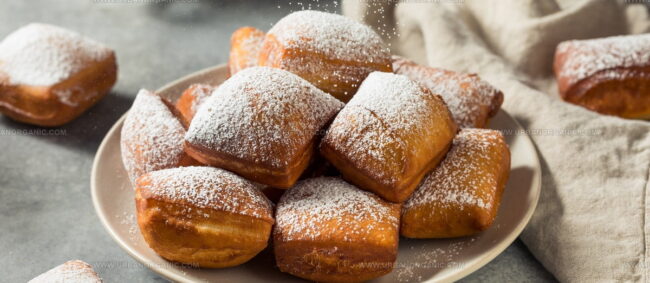
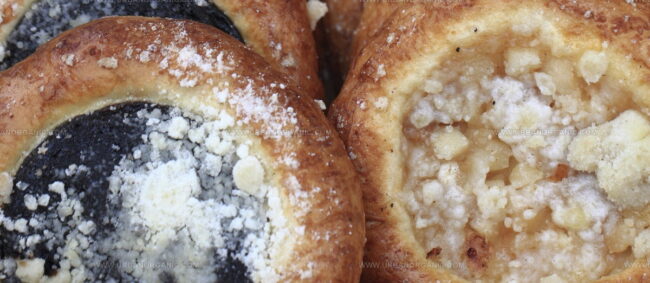
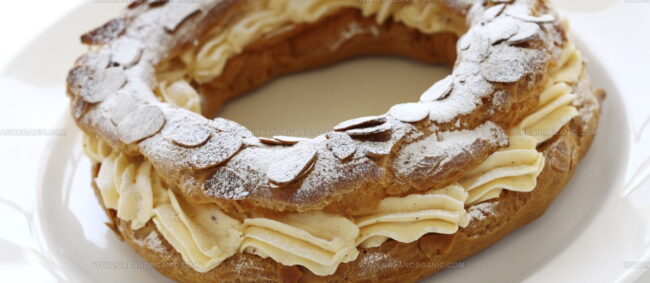
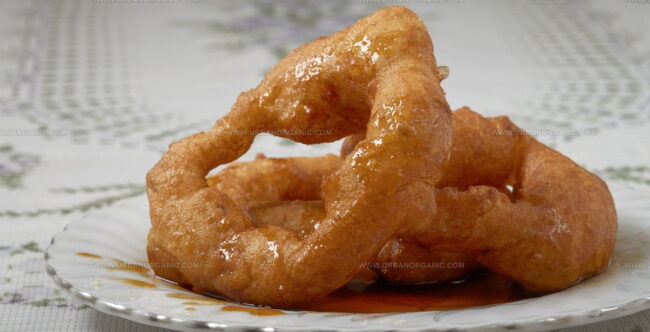
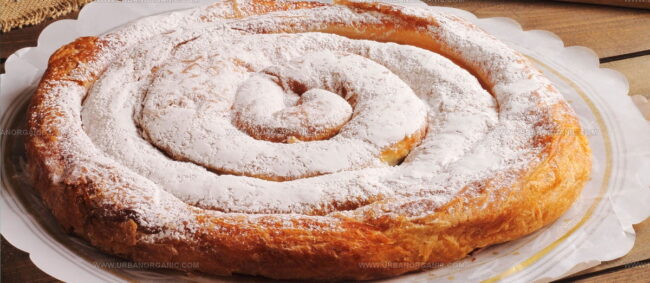
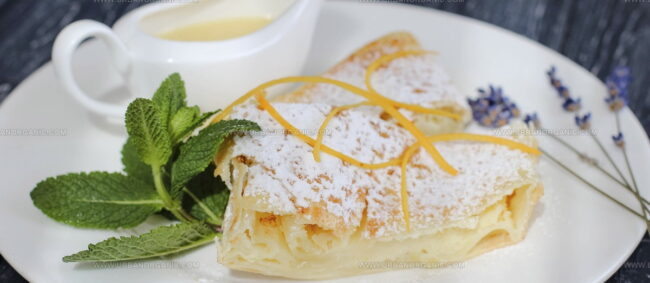
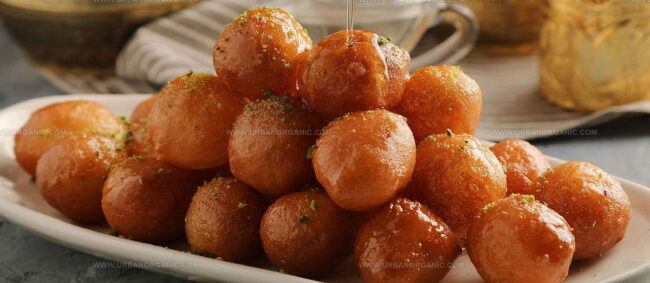
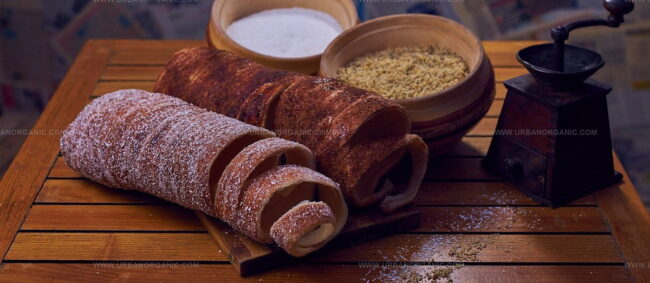
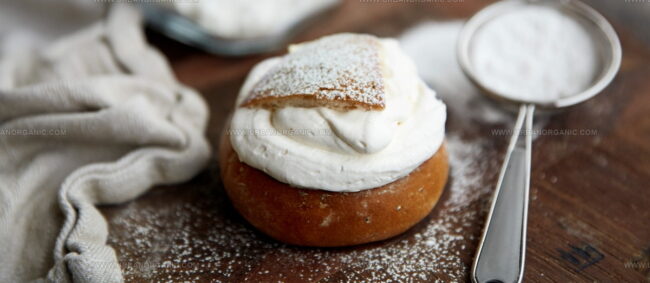
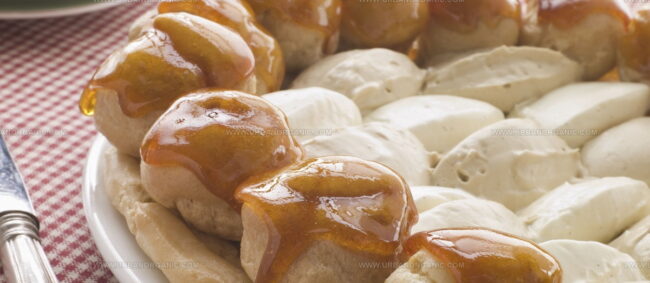
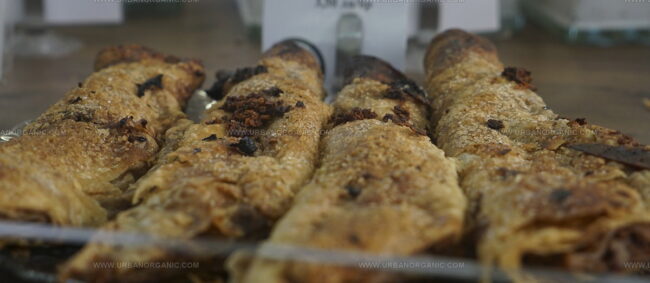
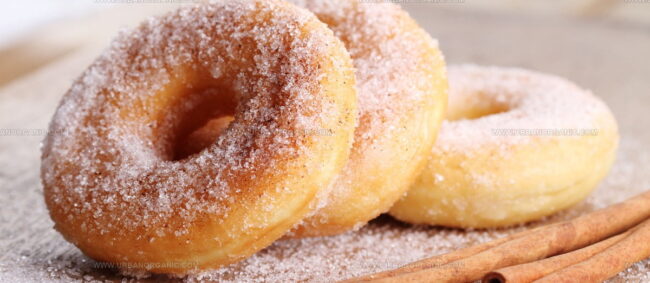
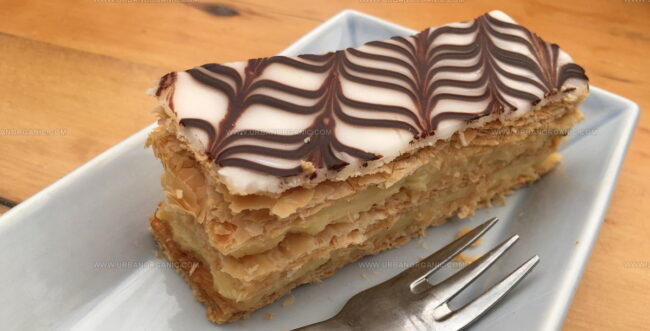
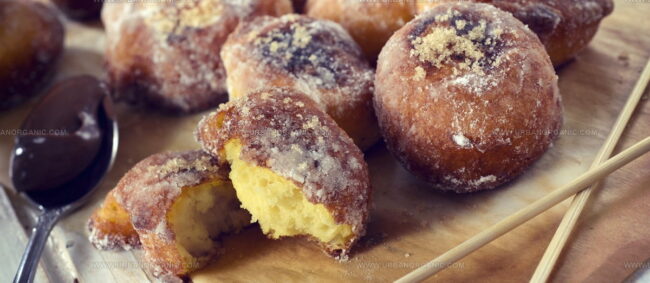
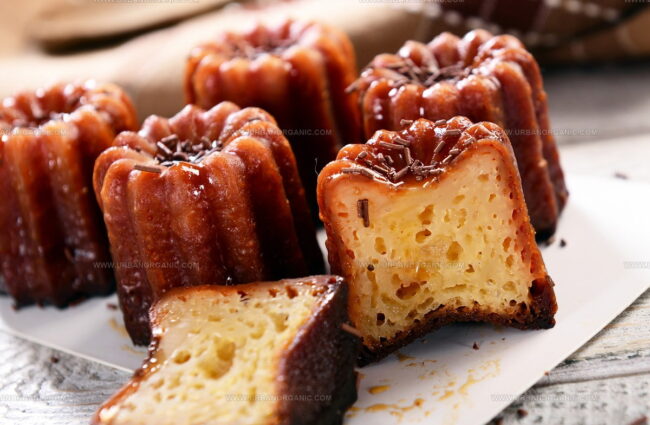
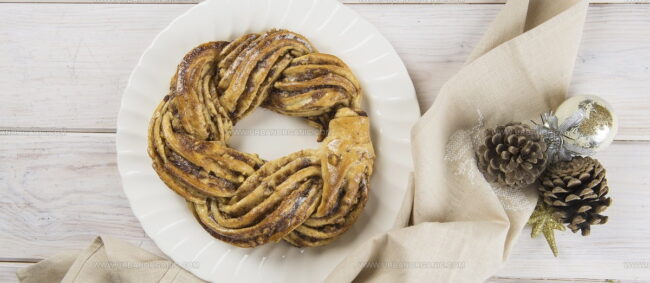
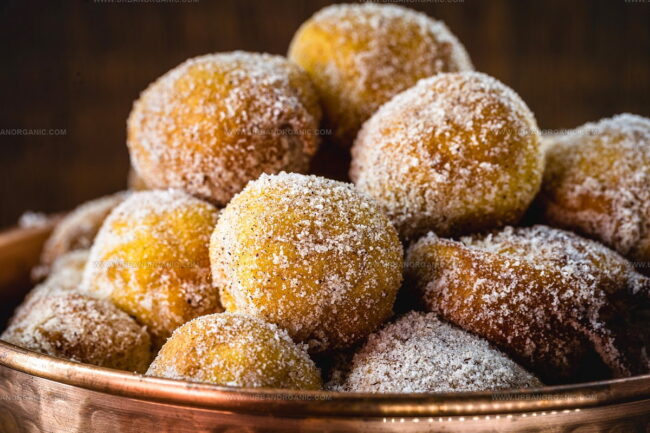
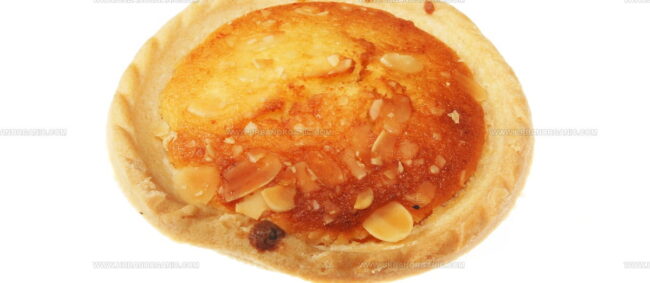
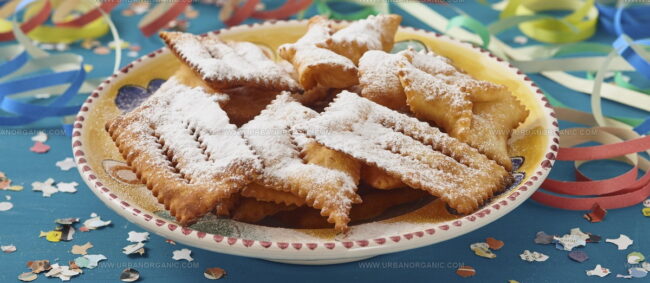
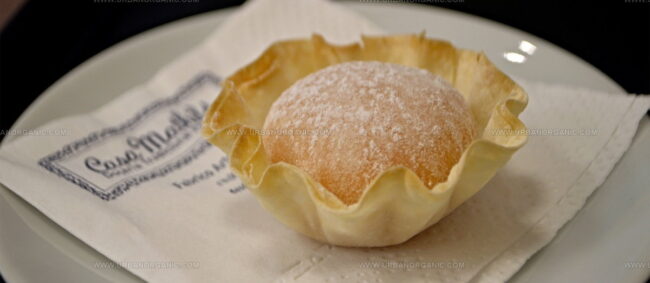
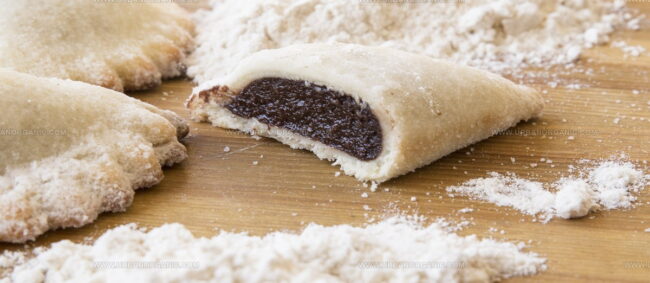
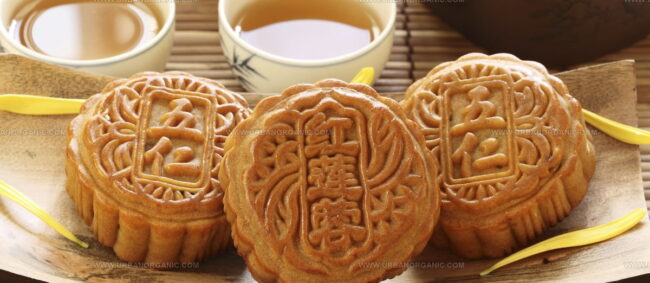
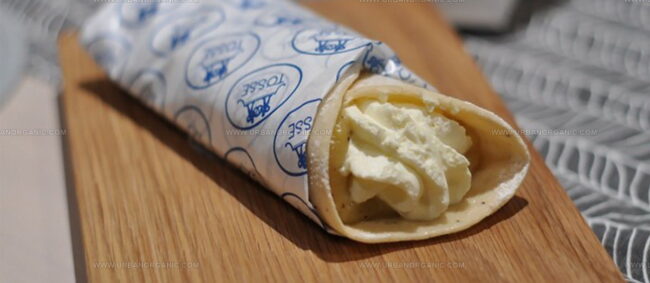
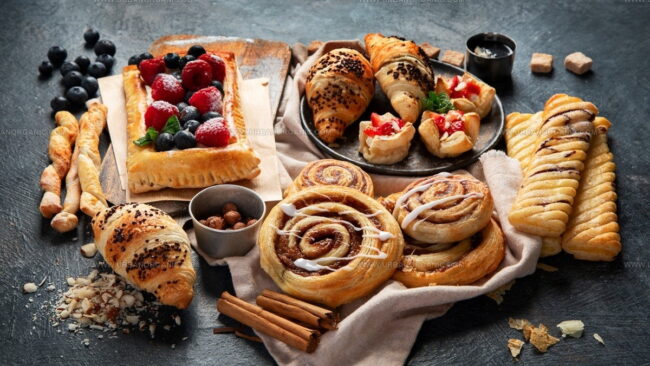
Jessica Martinez
Pastry Chef & Recipe Developer
Expertise
Organic Baking Techniques, Gluten-Free Recipe Development, Southwestern Dessert Specialties, Food Styling and Photography
Education
Santa Fe Community College (SFCC)
Jessica brings the sweet side to Urban Organic with her passion for baking and love for the Southwest. She trained at Santa Fe Community College and has built a career creating beautiful, gluten-free, and organic desserts that feel both nostalgic and new.
She believes baking should be fun, creative, and open to everyone, no matter your diet or skill level. Jessica’s recipes are simple enough to follow, but special enough to remember.